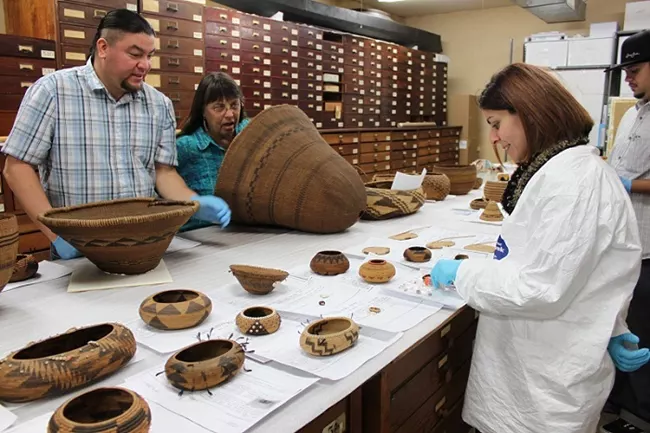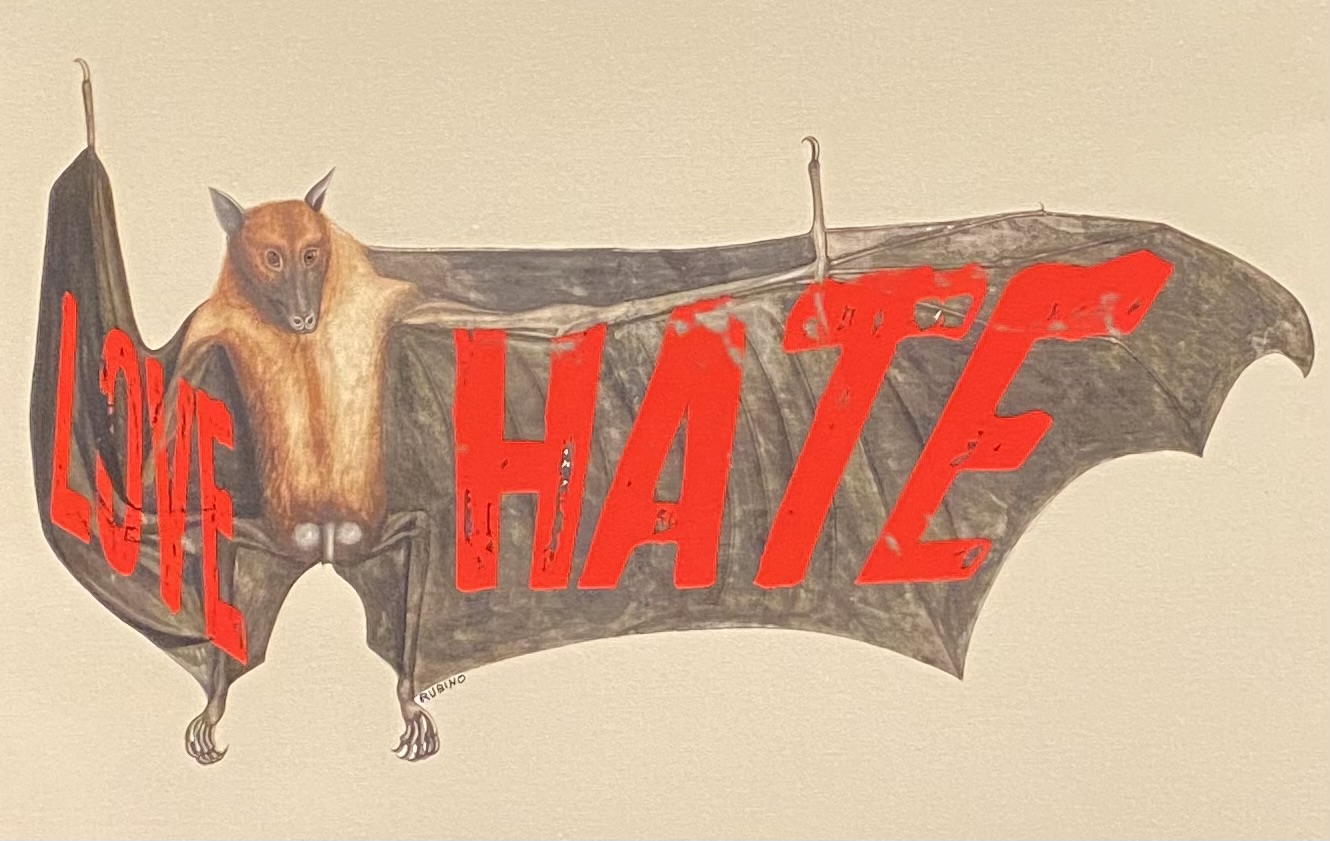We Need to Talk About NAGPRA: Noncompliance & Cultural Affiliation
Previously, we discussed what the Native American Graves Protection & Repatriation Act is and what it requires of museums and other institutions. NAGPRA is a federal law, so why do tens of thousands of ancestors and countless Native belongings remain unavailable for repatriation? Many institutions …

